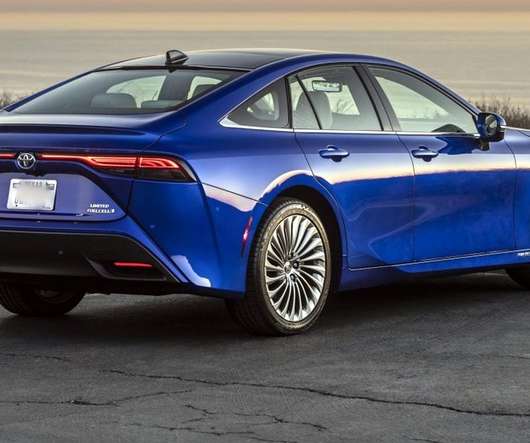ORNL researchers quantify the effect of increasing highway speed on fuel economy
Green Car Congress
JANUARY 18, 2013
This website, jointly maintained by the US Department of Energy and the US Environmental Protection Agency (EPA), provides information such as official EPA “window label” fuel economy estimates for city, highway, and combined driving for all U.S.-legal legal light-duty vehicles from 1984 to present. Middle 2/3s of vehicle data.






































Let's personalize your content